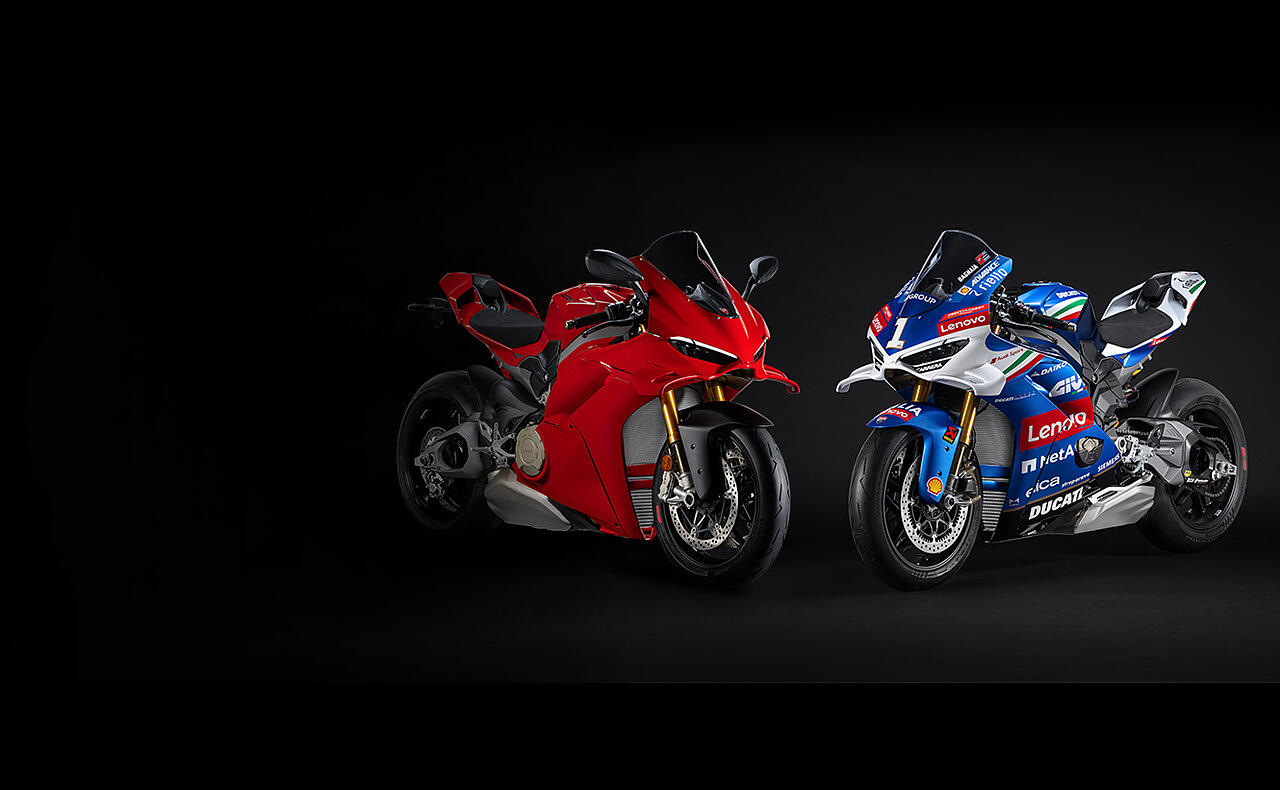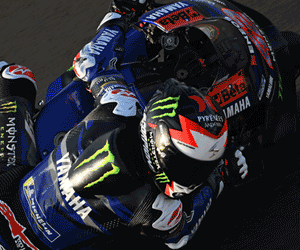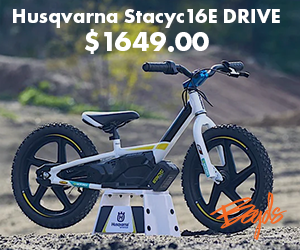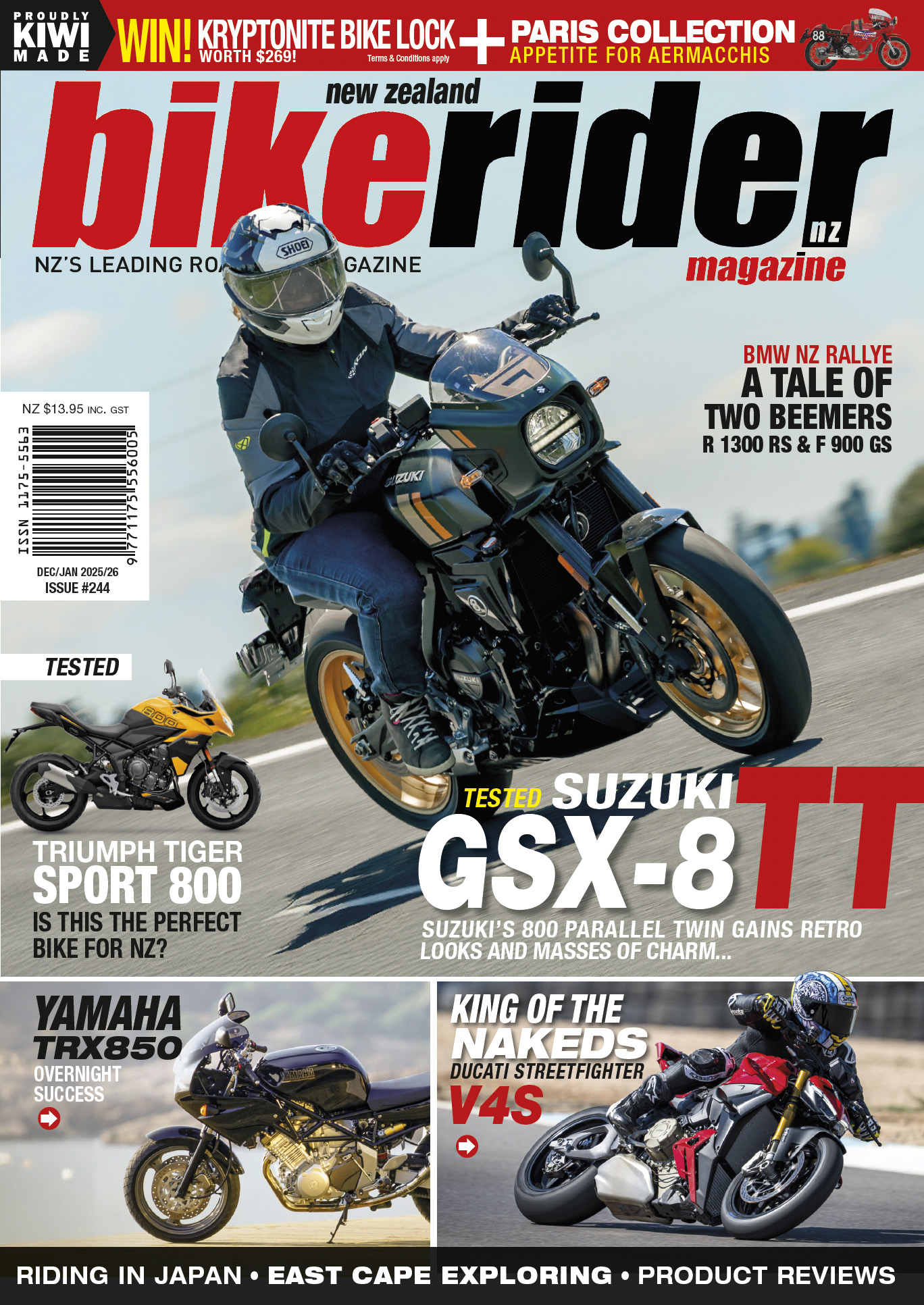- New patents filed for auto clutch tech
- Similar to Honda’s E-Clutch system
- Could be introduced in a production motorcycle soon
In the rapidly evolving world of motorcycle transmissions, automatic and semi-automatic gearboxes have gone from niche to nearly mainstream. Brands like Yamaha, KTM, and BMW have recently entered the space, joining Honda, which has long championed self-shifting systems. One brand, however, has remained curiously absent from this technological arms race—Ducati. That is, until now.
New patent filings suggest that Ducati is preparing to enter the clutch automation scene with its own distinctive solution. Unlike full auto gearboxes, the Italian firm is developing a hybrid approach—automating the clutch while keeping manual gear changes via the foot lever intact. It’s a balanced middle ground that gives riders the thrill of shifting while removing the complexity of manual clutch control.
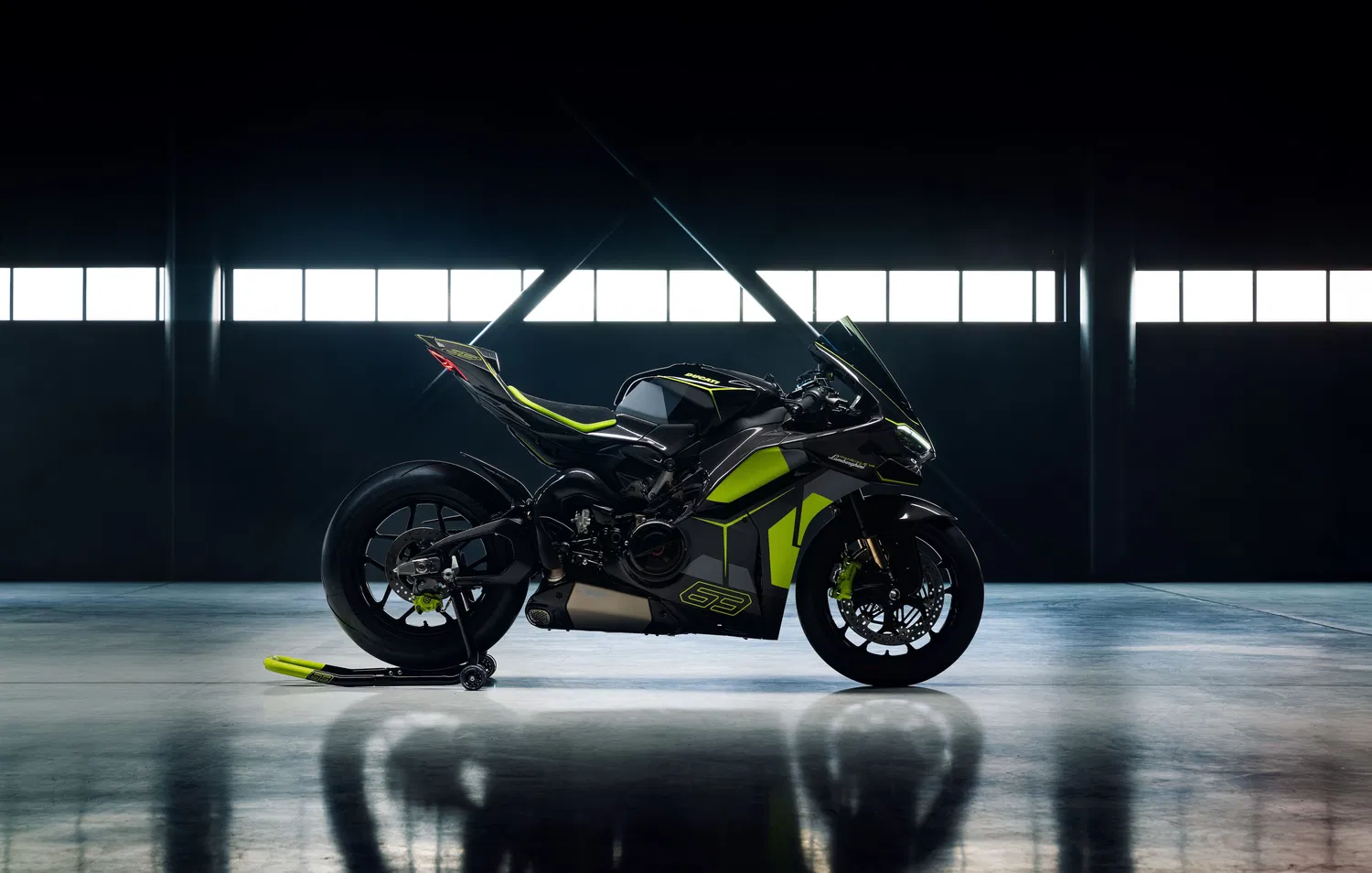
This concept isn’t entirely without precedent. MV Agusta’s Smart Clutch System (SCS) uses a centrifugal mechanism paired with a quickshifter, allowing riders to forget about the clutch lever. Honda’s E-Clutch goes a step further by integrating an actuator and electronic brain into a standard clutch setup, offering seamless transitions between manual and automatic operation.
Ducati’s system is more in line with Honda’s approach but with a twist—it uses a hydraulic mechanism instead of a cable. At the heart of it is an electromechanical actuator, guided by a control unit, that works alongside the existing clutch lever. This gives the rider the flexibility to ride in full manual mode, go hands-free, or switch between both on the fly.
Ducati’s patents detail two variations of the setup. Both function the same from the rider’s perspective but are engineered differently under the hood. The first version is designed to be retrofitted into current models equipped with hydraulic clutches. It relies on a quartet of key components: a control unit, an actuator with a motor-driven threaded rod and ball screw, a thrust rod, and a master cylinder. This master cylinder interacts with both the actuator and a specially designed lever cylinder, each able to engage the clutch independently.
The second version simplifies the layout by removing the direct hydraulic link from the lever. Here, the clutch lever becomes a digital input, telling the control unit when to activate the actuator, which then pushes hydraulic fluid to the slave cylinder. In essence, the mechanical feel remains, but the connection is entirely electronic.
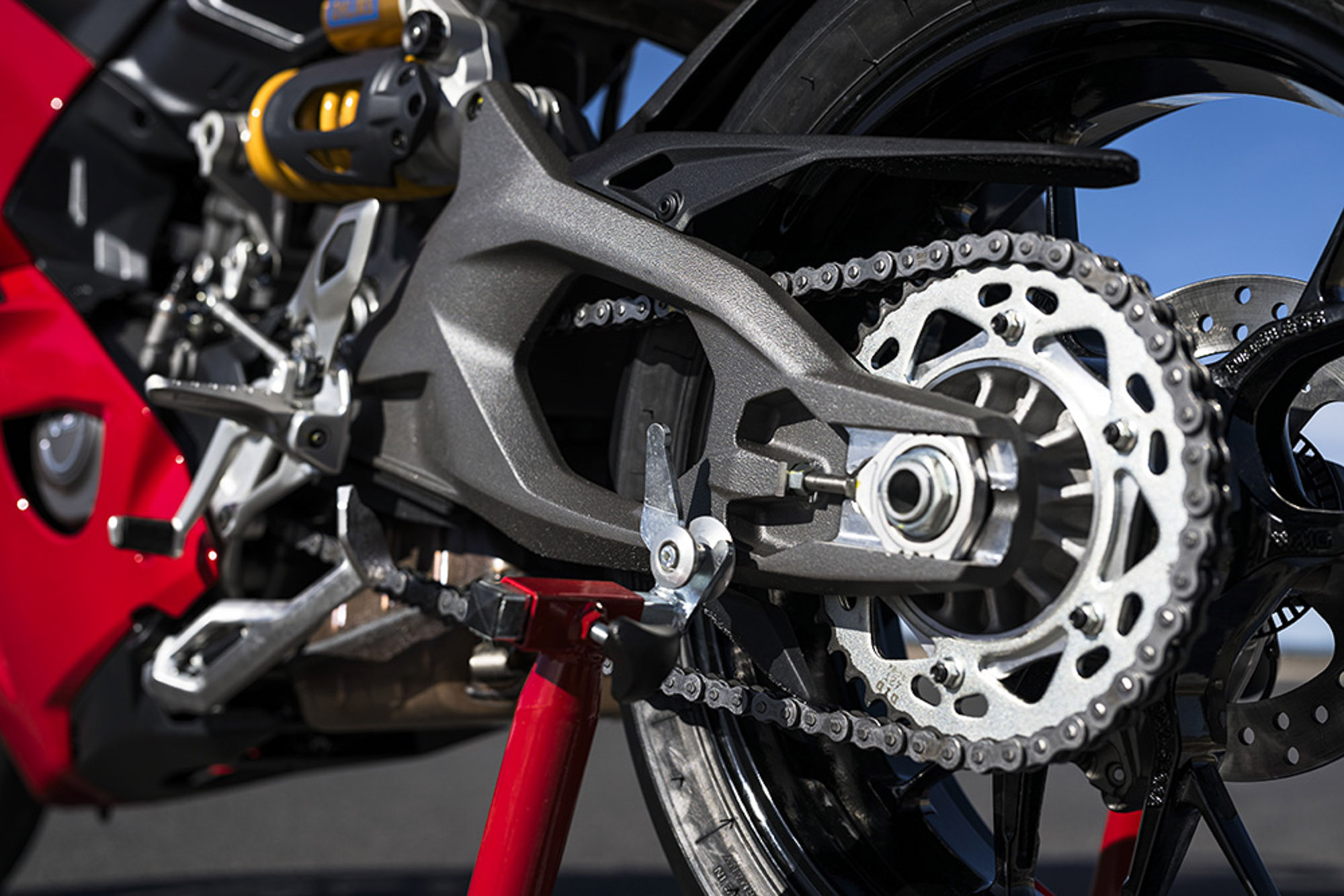
Both systems aim to enhance rider convenience and performance. The clutch can be operated entirely by the bike’s brain—automatically disengaging at stops and re-engaging as the rider accelerates—or used traditionally. An anti-stall safeguard also kicks in when needed. There’s even a launch control mode, letting riders unleash maximum power from a standstill while the system modulates clutch and throttle for optimum traction and speed.
Moreover, Ducati has incorporated a gear-shifting strategy that syncs with a sensor on the shift lever. This ensures precise clutch engagement during upshifts and downshifts, with automatic throttle blipping to match engine speed. It’s not just about comfort—it’s about performance at the highest level.
What’s more, by including this technology in production models, Ducati could cleverly navigate race regulations. According to FIM rules, electronically or hydraulically assisted clutches are only allowed in World Superbike and Supersport racing if the homologated road version includes them. Ducati’s design appears aimed at meeting that requirement while delivering a system that’s fast, smooth, and race-ready.
Given all this development, it’s only a matter of time before Ducati unveils a road-going model equipped with this advanced auto-clutch tech—bringing another layer of innovation to its performance-oriented lineup.

